Childhood 1912-1930
A village childhood Li Qun’s roots trace back to a quaint mountain village, an enclave characterised by a mere six
During the tumultuous period of the “Cultural Revolution” Li Qun, like many writers and artists, faced severe hardships and endured humiliation. Initially transferred back to Shanxi in early 1966, the upheaval of the “Cultural Revolution” saw him forcefully returned to Beijing, labeled by the Red Guards as part of the “Four Olds” and intellectuals were considered to be the “Stinking Old Ninth” and became widely persecute. His daily existence involved scrutiny, criticism, physical abuse, confinement in a cow shed for self-incrimination, labor re-education in the fields, and even abduction with severe beatings.
His wife, Liu Pingdu, suffered a similar fate, enduring brutal beatings and abandonment in the countryside. Tragically, returning to her hometown, she succumbed to the scorching sun after spending an entire day in a wheat field, leaving Li Qun with a haunting and painful memory.
The dark weather of those times blurred the lines between humanity and monstrosity. Li Qun, who had been passionate about art since childhood, dedicated his adulthood to exploring and creating beauty in the elevated realm of art. However, amidst the chaos, questions arose about the essence of beauty and its place in a world dominated by evil. Three years of torment left him drained, and he longed to escape the oppressive environment, opting to return to his hometown for a peaceful life in a mountain village.
His decision aligned with the prevailing sentiment and received approval from the “Provincial Revolutionary Committee” and a warm welcome from his hometown. In February 1970, nearing sixty years of age, he returned to Lingshi County, the Hao family, and the idyllic paradise of his childhood.
Yet, Li Qun was not content with mere tranquility. He sought redemption for the land of his birth by donning the landscape in greenery. Undertaking the role of the forestry captain for the production brigade, he traveled extensively, conducting scientific research, and successfully established a connection between wild jujube and cultivated varieties.
Back in his hometown, he contributed to the cultural landscape by conducting woodcut training classes, supporting local factories, and collaborating with cultural bureaus and mining entities. Tirelessly working, he aimed to sow the seeds of art, enhance his community’s cultural identity, and foster economic growth.
Since his return, amidst the smoke and grass, Li Qun created numerous print works, including “Jujube Picking Up Jujube”, “Sending Fertiliser in the Snow”, “Summer”, “Dig a Pool“, “This is also Classroom” and “Celebration”. Despite enduring ten years of challenges marked by wind, frost, rain, and snow, Li Qun remained resilient, hearing the metaphorical dance of the chicken, echoing the saying that “there is no way out despite the mountains and rivers, and there is another village with dark flowers and bright flowers”.
By the end of October 1976, as the dark clouds cleared from the sky, Li Qun entered the second spring of his life.
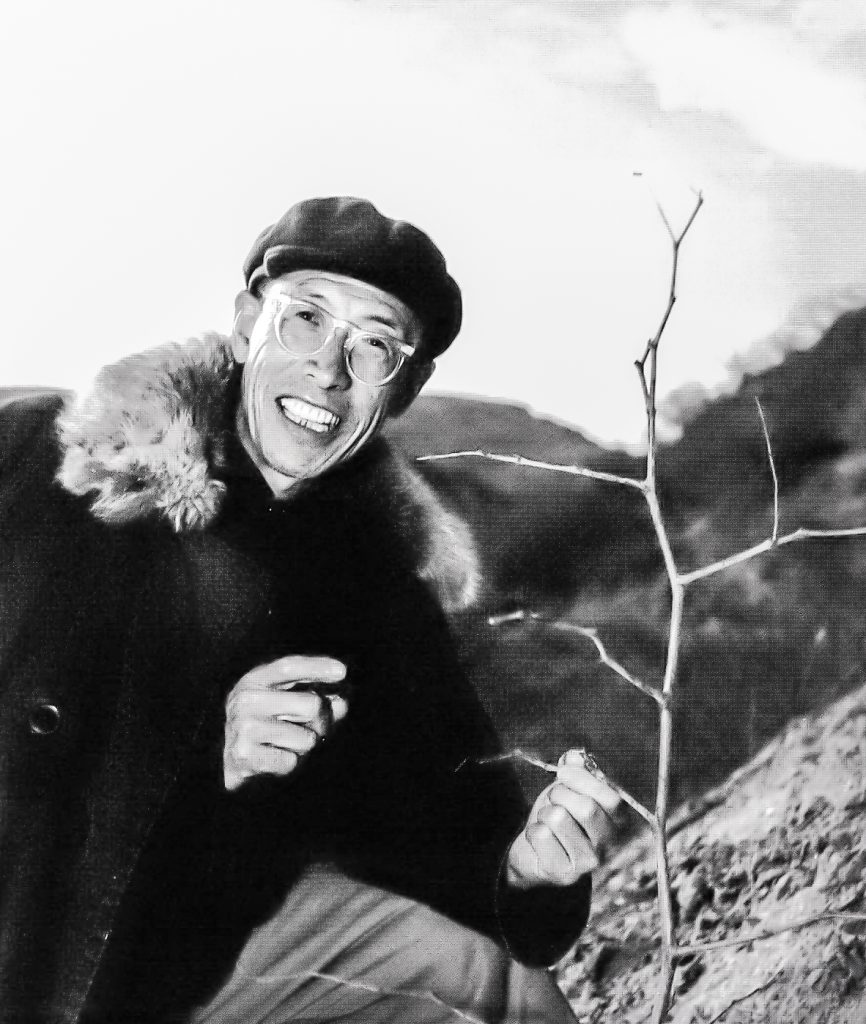
In 1970, upon Li Qun’s return to his hometown and assumption of the role of forestry captain during the resettlement efforts, he spearheaded a significant initiative. Guiding the local community, he facilitated the introduction of over 10,000 high-quality trees to Hao Jia Zhang Village, his birthplace. The accompanying photograph captures him engaging in discussions about the prospect of propagating jujubes during his study of grafted varieties.
In Hao Jia Zhang Village, Li Qun, now in his sixties, tirelessly traverses the region, meticulously selecting superior plant species, mastering grafting techniques, and collaborating with the local community. Together, they have transformed a once barren ravine into a flourishing woodland that stands verdant and thriving today. This remarkable achievement has become an indelible part of Li Qun’s legacy, a topic that invariably arises whenever people discuss his contributions.
Frequently engaging in discussions with veteran farmers from the forestry team, Li Qun shares both the challenges and the moments of nostalgia that accompany their collective efforts.
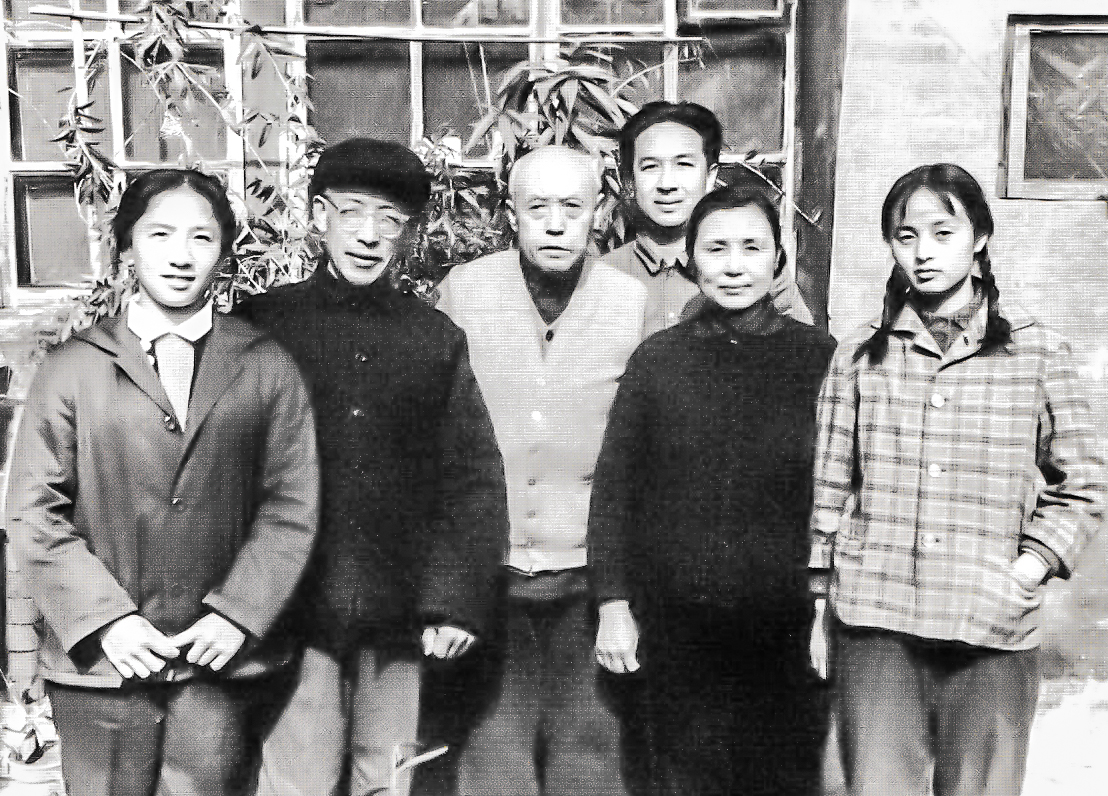
During the same year, Li Qun seized the chance to take a group photo with his mentor Li Kuchan and Li Kuchan’s wife. In the photograph, Li Qun’s eldest daughter A Li is positioned on the left, while his eldest son A Ming stands third from the right.
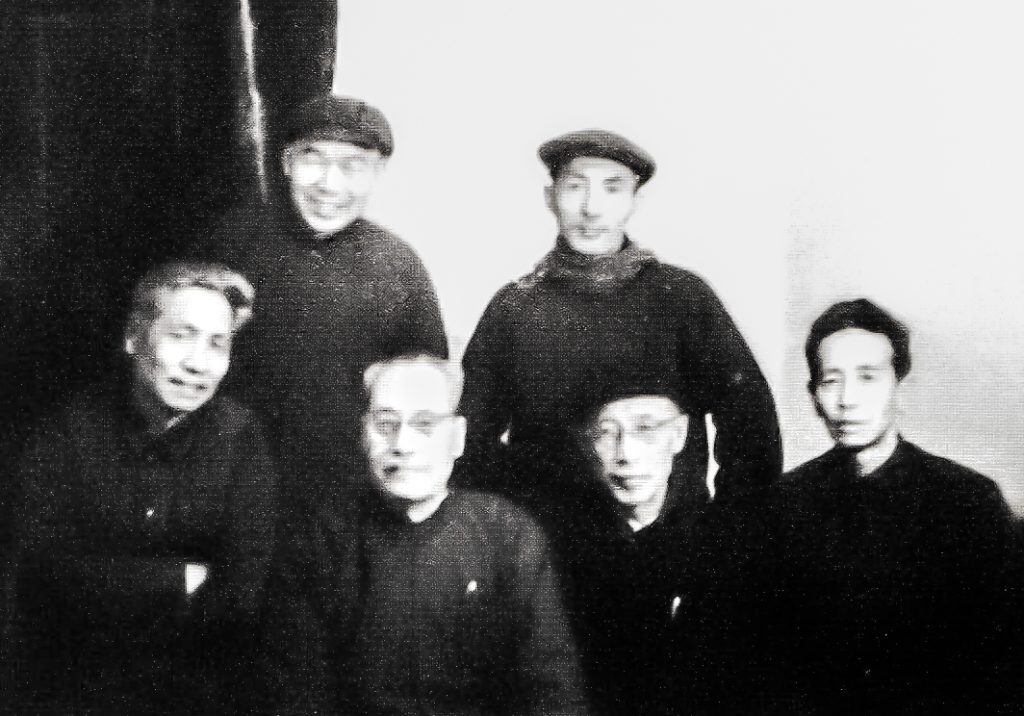
In the midst of the sweeping “Cultural Revolution” in 1970, as Li Qun prepared to return to his hometown for resettlement amidst the chaotic circumstances, being able to capture a photograph with Dong Shouping and others was considered a fortunate opportunity. Front row from left: Zhu Yan, Dong Shouping, Li Qun, Su Guang. Back row from left: Wang Huan, Zhu Tong.
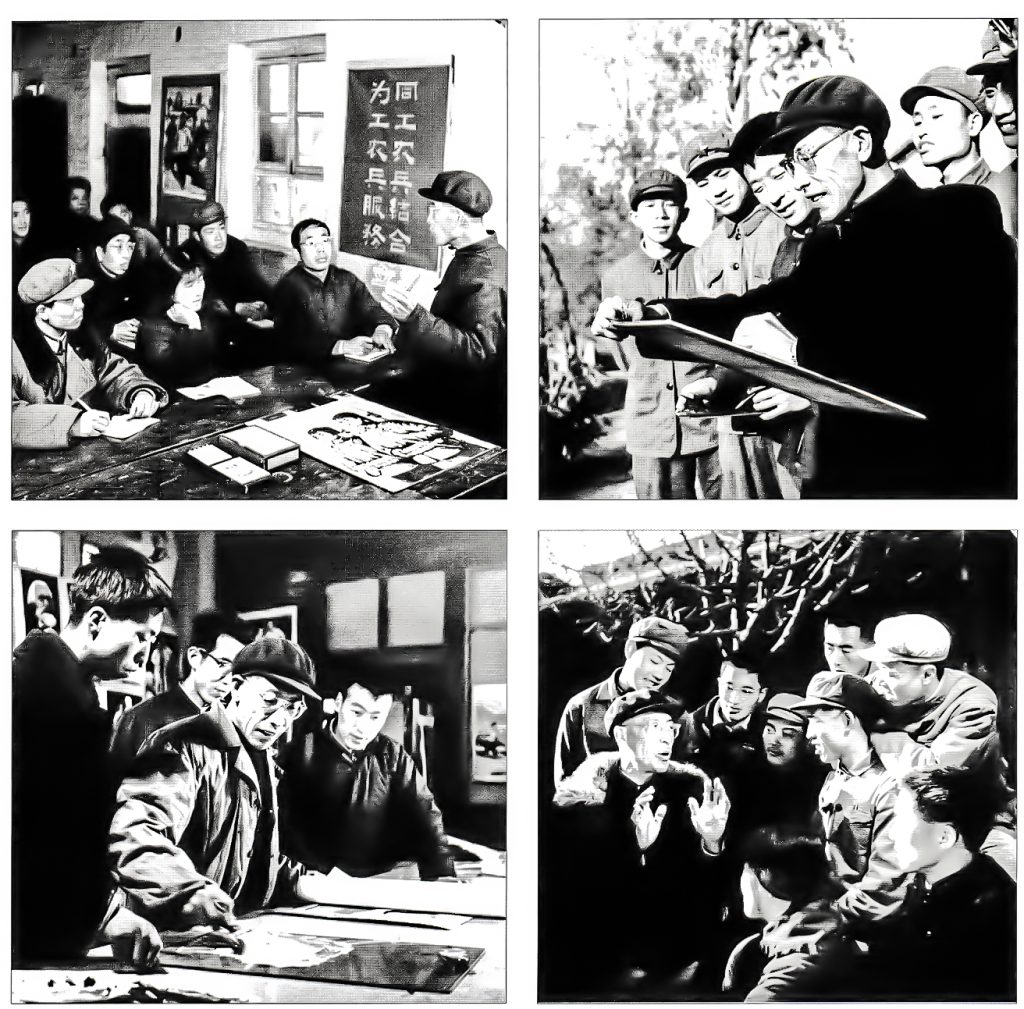
In 1972, upon Li Qun’s return to his hometown to integrate into a team and settle down, his role extended beyond being the forestry captain of the production brigade. His commitment to contributing to the greening of Haojiazhang Village, coupled with an invitation from the Lingshi County Cultural Centre, led him to conduct a woodcut training class. This initiative expanded to include multiple training sessions in locations such as Taigu Normal University.
During his time in Lingshi, the class attracted not only art enthusiasts from the county’s workers, peasants, and soldiers but also participants from Jiexiu garrison and Yangquan miners. The number of participants grew from a dozen to over 30. Upon graduation, 10 of Li Qun’s students were acknowledged for their creations, with all of them joining the 1972 Jinzhong area art exhibition. Nine of these participants continued to contribute to the Shanxi Provincial Art Exhibition. Many of these students, acting as “art seeds” later emerged as key figures in the art scene, actively participating in various regions of Shanxi.
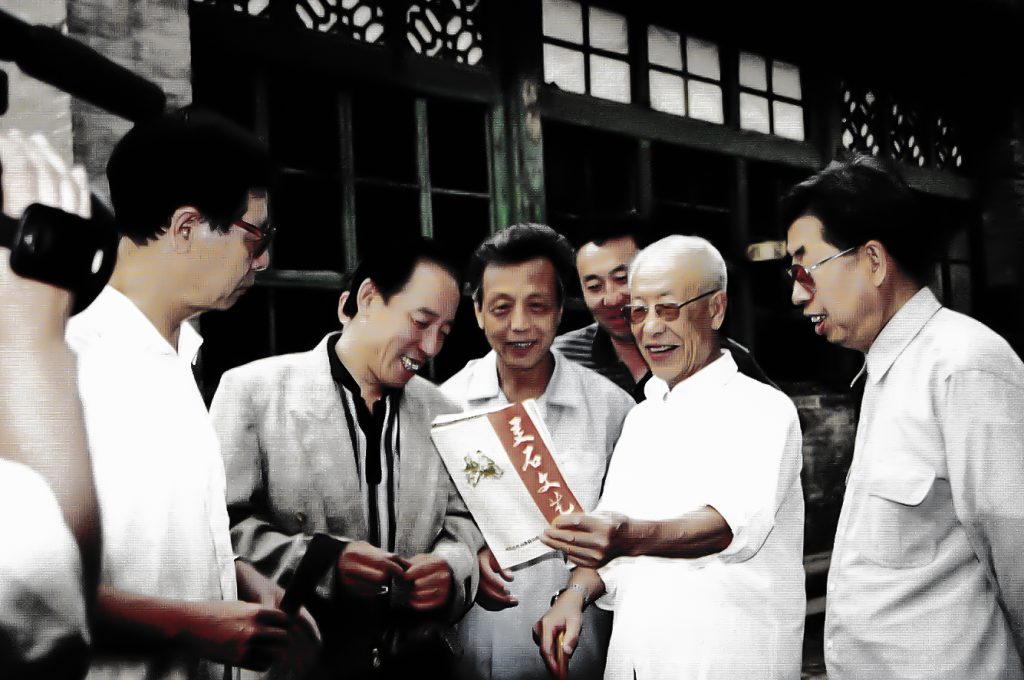
In 1972, Li Qun was invited to conduct a woodcut training class for the Lingshi Cultural Center. Simultaneously, he played a pivotal role in the creation of a printed version of “Lingshi Literature and Art”. Commencing with the second issue, he sought the endorsement of Zhao Puchu to inscribe the publication’s title.
The inaugural edition of “Lingshi Literature and Art” featured Li Qun’s woodcuts “Sending Fertiliser in the Snow” and “Sour Dates Picking Up Big Dates”. In addition to incorporating his paper-cut piece “Wheat Harvest” on the cover, the third issue showcased his prose titled “Ode to Spring”. Unfortunately, the turbulent era of the “Cultural Revolution” compelled the cessation of “Lingshi Literature and Art” after only three issues due to factional disruptions.
The accompanying image depicts Li Qun, at the age of 80, discussing a traditional Chinese painting on the back cover of the third issue of “Lingshi Literature and Art” at the former site of the Cultural Center. This location is where the “Li Qun Woodcuts Exhibition” was held in 1964.
(Left) Li Keran and Li Qun. Taken in 1973. (Centre) In the 1970s, he was locked up in Mount Wutai with the calligrapher Chen Ju. (Right) In 1972, Li Qun was invited to paint for Chairman Mao’s Roadside Memorial Hall in Dai County. The picture shows him, Guo Xiaocheng and other painters taking a group photo in front of the memorial hall.
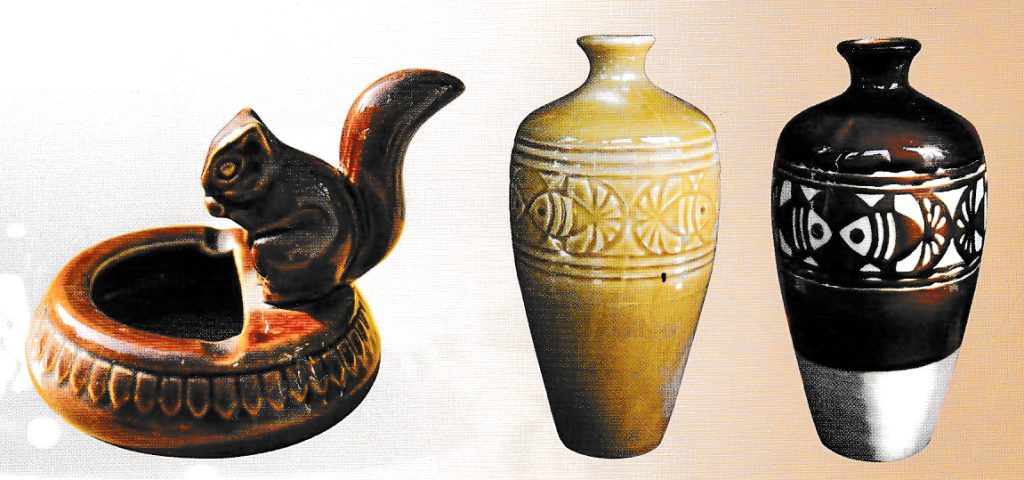
In 1973, Li Qun received an invitation to provide guidance on product design at the Nanguan Ceramics Factory in his hometown, Lingshi County. Throughout this period, he applied his expertise to create a diverse range of new products tailored to the production conditions. Some of these designs gained popularity and even became sought-after export items. Notably, the squirrel ashtray, one of Li Qun’s creations, experienced robust sales in Southeast Asia, though the local market faced challenges due to high demand and limited supply.
Captured in this poignant photograph is Li Qun, standing within the premises of his newly established home in Hao’s village. Having departed from his hometown in his youth and returning after over four decades, he toiled the soil, facing the challenges of homelessness. Compelled by circumstances, he invested his entire savings to construct this humble three-room cave dwelling for himself. To his dismay, a mere three years after settling in, tragedy struck when his 55-year-old wife, Liu Pingdu, suffered a sudden cerebral hemorrhage and passed away within these walls. The heart-wrenching event occurred at midnight on June 20, 1974, leaving an indelible mark on Li Qun and his children. The memory of this emotionally charged three-room cave dwelling and the once vibrant courtyard, adorned with flowers and trees, lingers vividly. Despite the now desolate state of the courtyard, the legacy of Li Qun’s presence endures, evoking numerous reminiscences among those who recall his time here. (Left) Li Qun in the new courtyard of the Hao family.
(Left) “Even as I oversee the affairs of the Hao family, moments of respite demand my continued dedication to artistic creation”. In the pursuit of y drawings, I frequently seek the opinions of the villagers”. (Right) The photograph captures Li Qun and Liu Pingdu, his wife of nearly 40 years, standing in front of Li Qun’s newly constructed cave dwelling in 1973.
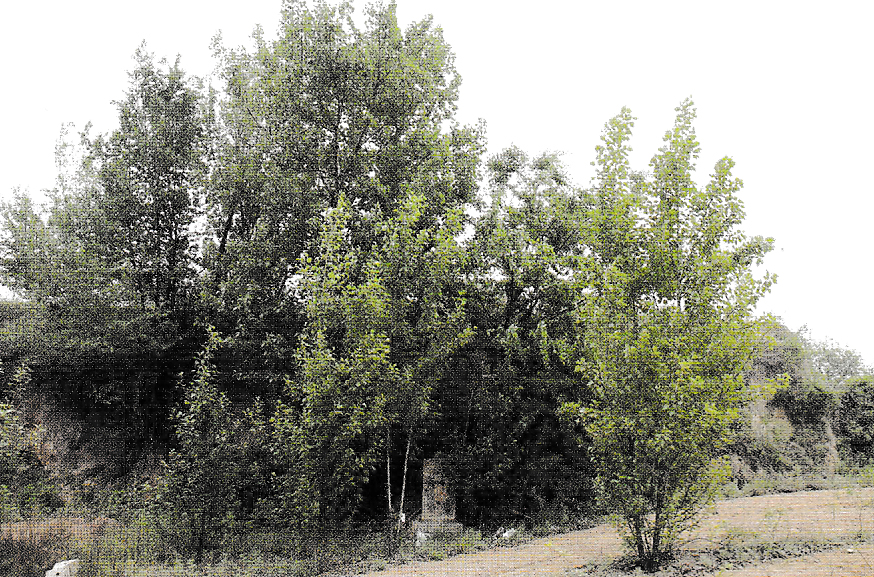
Liu Pingdu’s artistic journey with Li Qun spanned from Shanghai to Yan’an, from Beijing to Shanxi. Her final resting place is situated beyond the quaint mountain village of Haojiazhang, marked by a cup of loess, a tombstone, and Li Qun by her side. Two poplar trees were planted, symbolising Li Qun and their children, and the present scene reveals the growth of numerous small trees beside them. Amidst the mountain wind’s haunting melody and the rustling leaves, it seems as though nature itself seeks to console her spirit in the heavens.
(Left) In 1975, marking the first anniversary of his wife Liu Pingdu’s passing, Li Qun traveled to Shanghai to visit Liu Pingdu’s brother, his classmate, and fellow refugee Liu Pingruo (Cao Bai). Together, they journeyed to Shaoxing to pay homage to the Lu Xun Memorial Hall. (Centre) In 1976, following the defeat of the “Gang of Four” Li Qun reunited with old friends in Taiyuan. Front row from left: Jia Ke, Li Qun, Lu Meng, Hu Zheng. (Right) Also in 1976, Li Qun, accompanied by his second wife Li Yueying, returned to his hometown of Haojiazhang Village in Lingshi County, Shanxi Province.
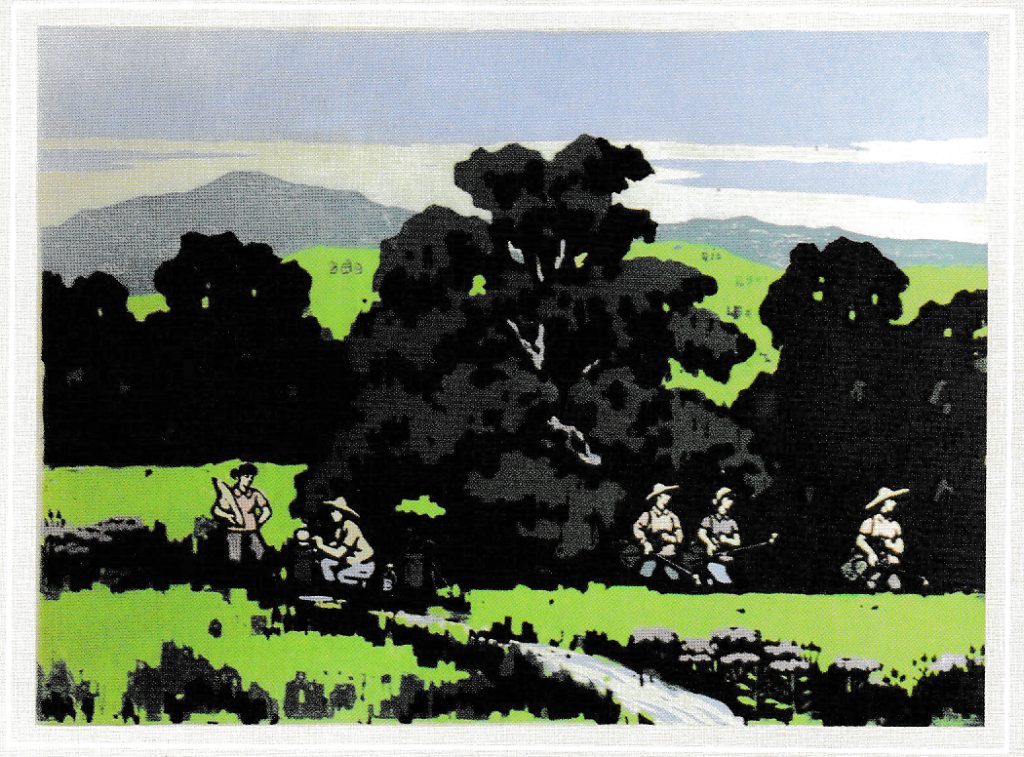
Created in 1975 in Lingnan “Summer” is a rural landscape painting set under the scorching red sun. The scene captures Haojiazhang Village in Shi County, where women are shown spraying pesticides on crops to prevent and eliminate pests and diseases. The thick shade of trees, the gurgling stream, and the purple wildflowers beside it convey the tranquility and beauty of the mountains, far from the hustle and bustle.
This artwork emerged during the later stages of the “Cultural Revolution” intentionally or unintentionally revealing the harmonious life Li Qun had longed for through pastoral scenery.
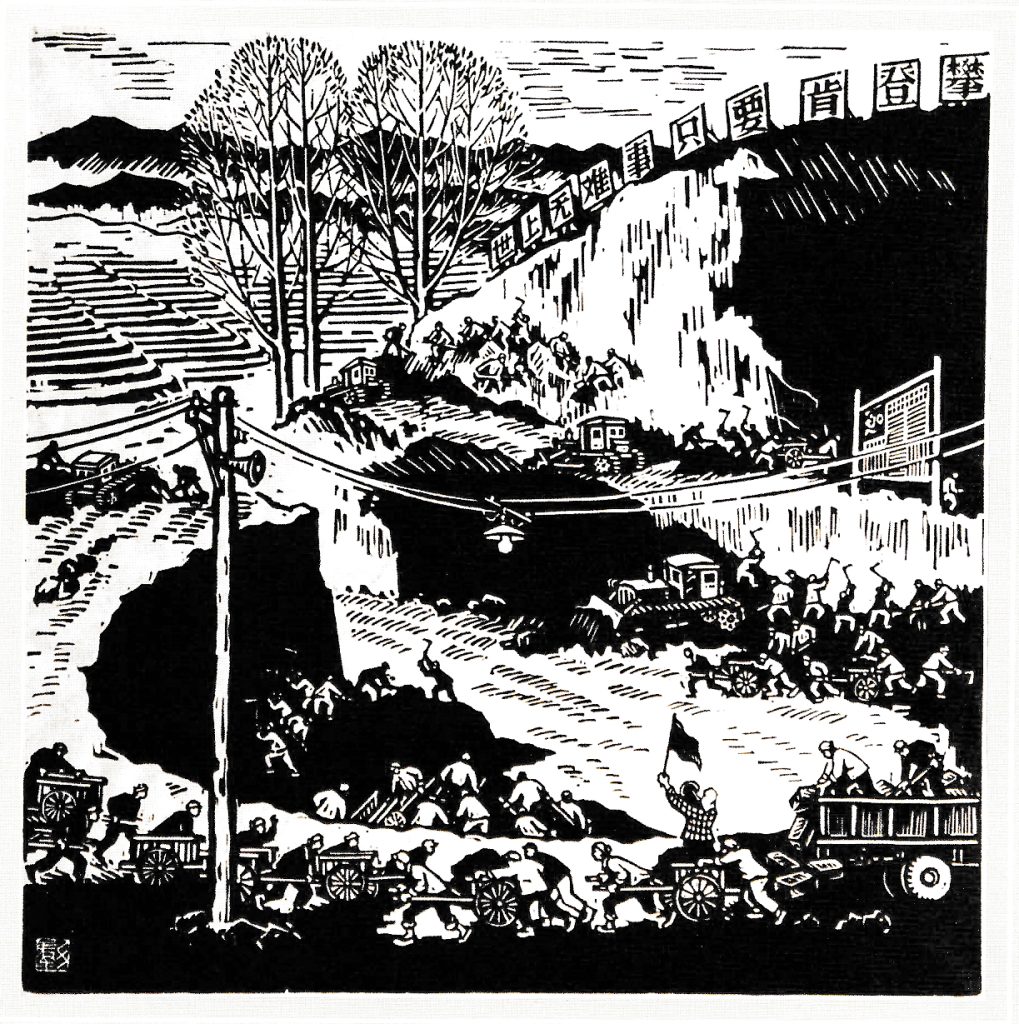
A village childhood Li Qun’s roots trace back to a quaint mountain village, an enclave characterised by a mere six
A fervent and spirited young man, deeply moved by the news of the “September 18th” incident, found himself compelled to
Following the Marco Polo Bridge Incident on July 7th, a significant event unfolded in Shanghai known as the “August 13th”
In Li Qun’s contemplation, Yan’an had long been the revered sanctuary he ardently sought. Communist Party members and numerous progressives
In August 1945, following the Japanese surrender, Liqun bid farewell to Yan’an, where he had dedicated six years of work
Following the inaugural national literary congress, Li Qun adhered to Comrade Zhou Yang’s directives and returned to Shanxi to collaboratively
During the tumultuous period of the “Cultural Revolution,” Li Qun, like many writers and artists, faced severe hardships and endured
With the demise of the “Gang of Four,” a wave of joy swept across China. Li Qun, like countless others,
Determining precisely when Li Qun entered old age proves challenging, given the considerable gap between his vitality and chronological age.
In memory of Li Qun (1912-2012)
Our mission is to safeguard and champion Li Qun’s artistic legacy and literature for the benefit of future generations. This digital memorial stands as a tribute to Li Qun’s lifetime of artistic brilliance.
Our pledge is to meticulously document and categorise every piece of art created by Li Qun, creating a comprehensive resource for enthusiasts and scholars alike. Furthermore, we are committed to preserving his gallery, the Li Qun Art Gallery, and promoting Lingshi county, Taiyuan city and Shanxi province.
Delve into our extensive online catalogue, uncover the curated locations of Li Qun’s art, or visit the Li Qun Art Gallery located in the culturally rich Wang Jia Da Yuan. Set against the backdrop of the heritage-listed Wang’s Family Compound, a Qing Dynasty mansion, the gallery seamlessly blends art and tradition.
Explore the profound impact of Li Qun’s artistic journey, through both the visual realm and the literary dimensions of his work.
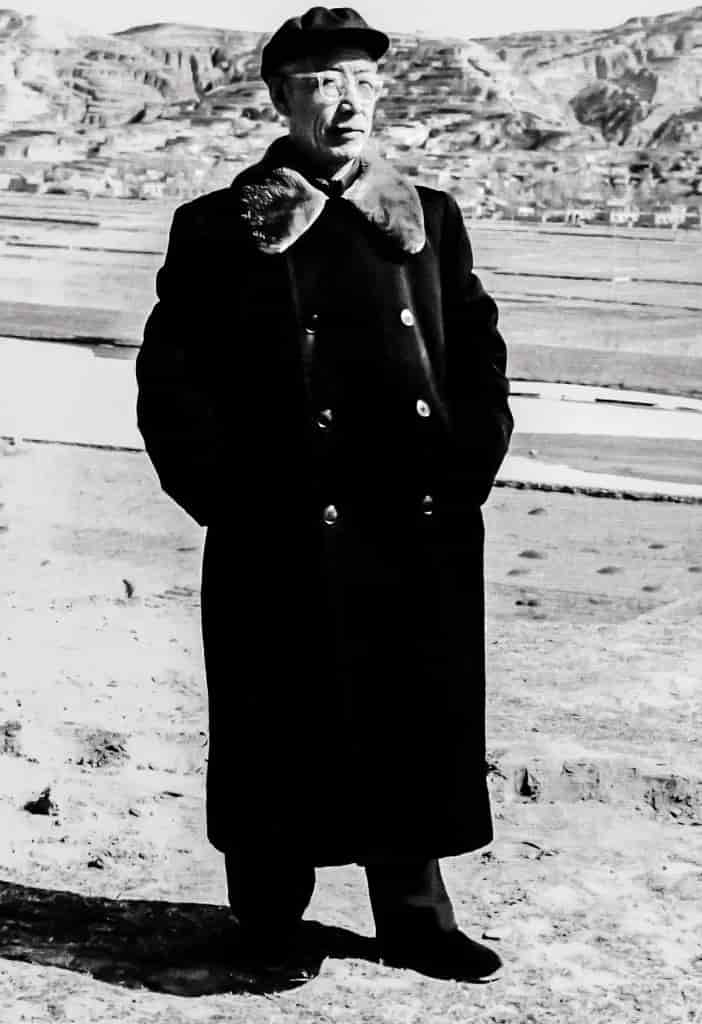
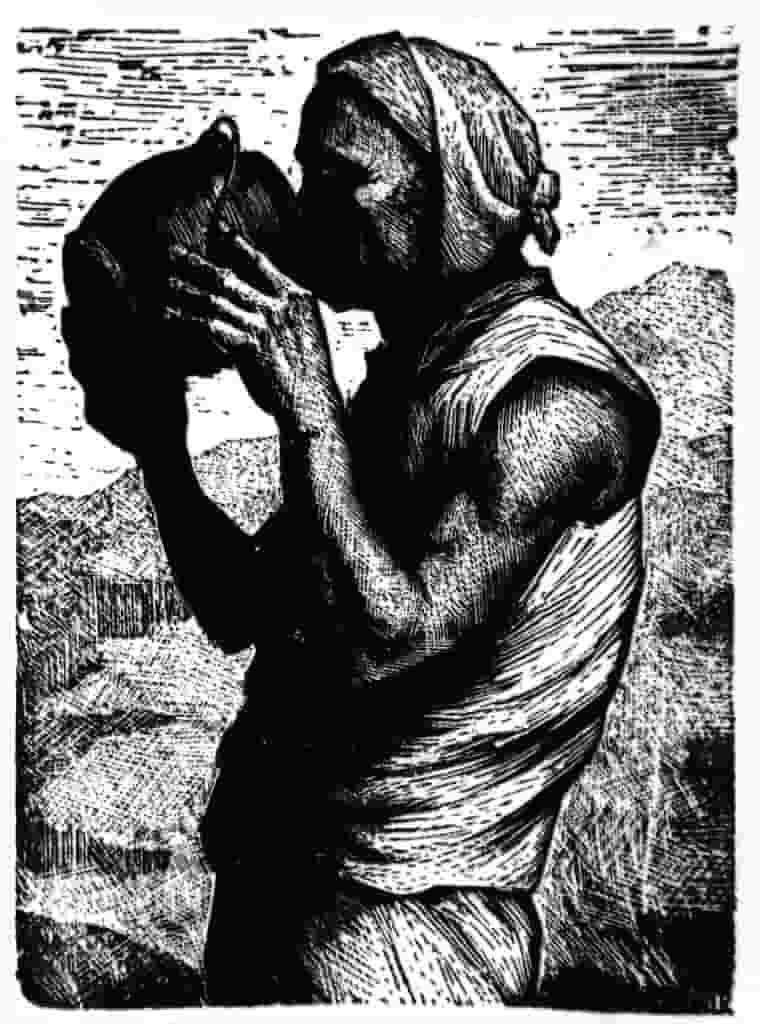

A village childhood Li Qun’s roots trace back to a quaint mountain village, an enclave characterised by a mere six courtyards and ten households in its nascent years. This hamlet, situated in Lingshi County, Shanxi Province, earned its identity as Hao Jia Zhang. Positioned to the east of Fenhe River,
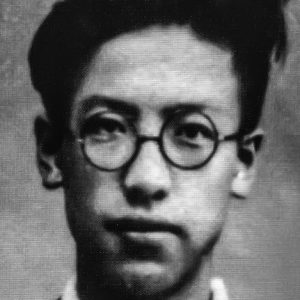
A fervent and spirited young man, deeply moved by the news of the “September 18th” incident, found himself compelled to resist the aggressive incursions of Japanese imperialism on Chinese soil. Unwilling to acquiesce to a policy of non-resistance before aggressors or to tolerate any actions undermining national prestige, the young
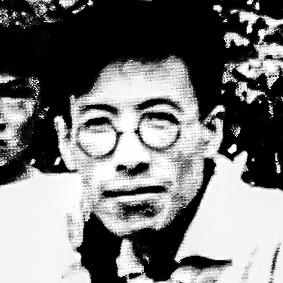
Following the Marco Polo Bridge Incident on July 7th, a significant event unfolded in Shanghai known as the “August 13th” Anti-Japanese War. It marked a critical juncture for the Chinese nation, prompting a collective response from those unwilling to endure subjugation. The call to action resonated with the spirit of
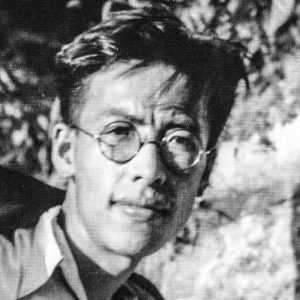
In Li Qun’s contemplation, Yan’an had long been the revered sanctuary he ardently sought. Communist Party members and numerous progressives within the “Wuhan Third Office” had already developed a certain level of “Yan’an Fever”. Although Li Qun was not yet a Communist Party member at that time, Guang Weiran had

In August 1945, following the Japanese surrender, Liqun bid farewell to Yan’an, where he had dedicated six years of work and life. He arrived in Xingxian County, Shanxi Province, which served as the political and cultural hub of the Shanxi-Suiyuan Border Region. There, he assumed the role of chief editor
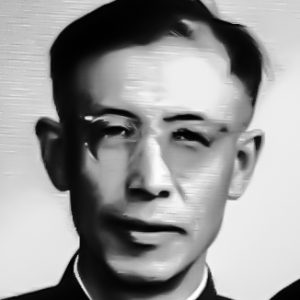
Following the inaugural national literary congress, Li Qun adhered to Comrade Zhou Yang’s directives and returned to Shanxi to collaboratively establish the Shanxi Federation of Literary and Art Circles with Comrade Gao Muhong. In December 1949, the first literary congress of Shanxi Province was successfully convened, electing Gao Muhong as
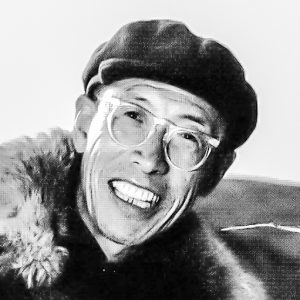
During the tumultuous period of the “Cultural Revolution,” Li Qun, like many writers and artists, faced severe hardships and endured humiliation. Initially transferred back to Shanxi in early 1966, the upheaval of the “Cultural Revolution” saw him forcefully returned to Beijing, labeled as part of the “gangster” team of “reactionary
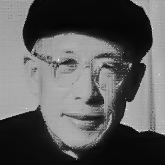
With the demise of the “Gang of Four,” a wave of joy swept across China. Li Qun, like countless others, found himself advancing into a new chapter in the aftermath of the storm, standing beside the “sinking boat” and the “ailing tree” during a time of tremendous possibilities.
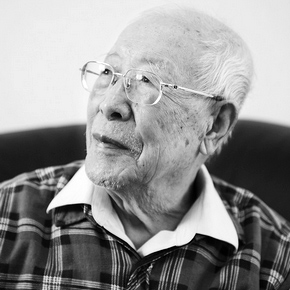
Determining precisely when Li Qun entered old age proves challenging, given the considerable gap between his vitality and chronological age. As mentioned earlier, even in his 70s during the reform and opening up era, he exhibited a spirit that belied his years. Approaching 80, on the cusp of the new
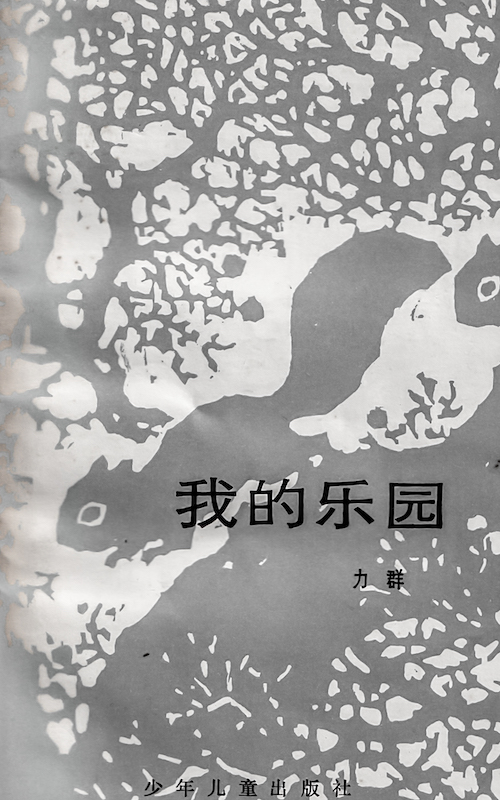
The pure and lively sensibilities of children, influenced by nature, the memorable and relatable people encountered during youth, and the longing of young minds for life and his emotional reflections. These themes permeate the work of the acclaimed woodcuts artist Li Qun. In this book, Li Qun skilfully intertwines literature
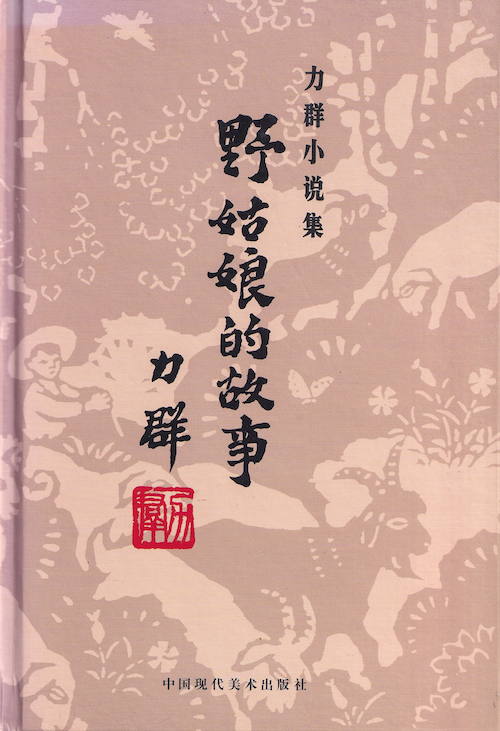
In the remote mountain village of Shanxi Province, Guilian grows up without her mother’s love, facing her father’s bitterness and the superstitions that label her unlucky. Despite harsh circumstances, she finds solace in nature and solitude. As she matures, Guilian’s resilience becomes her strength, defying her father’s attempts to sell
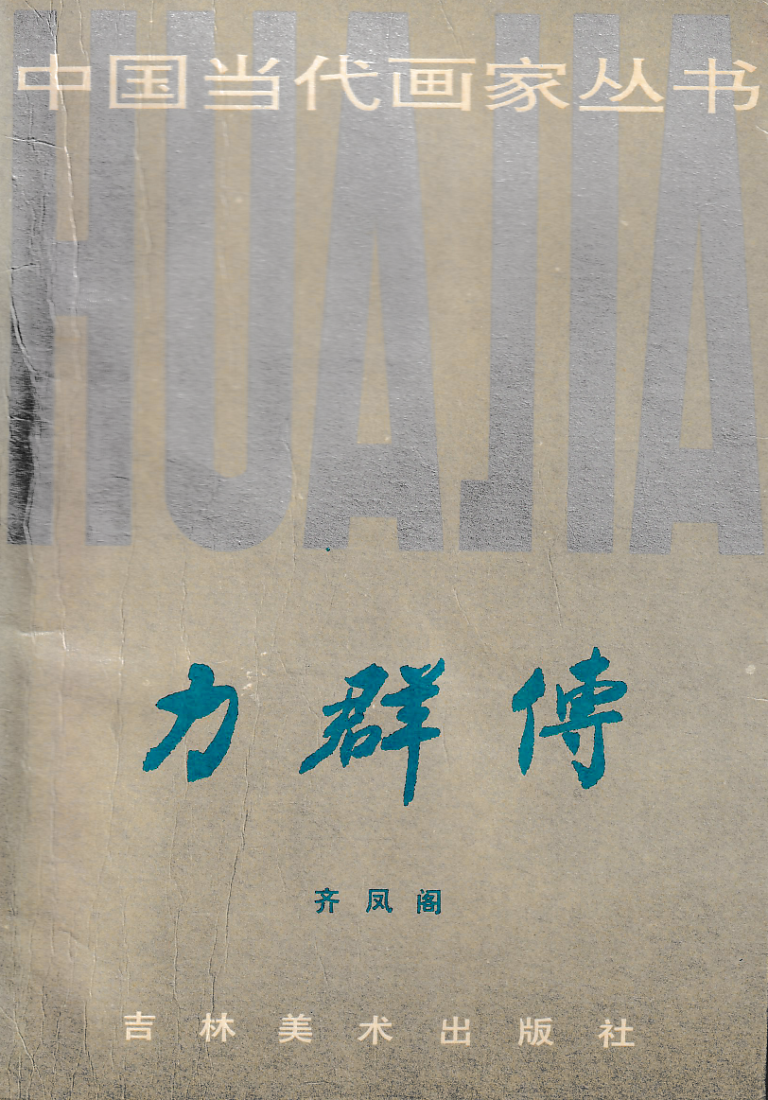
Li Qun the renowned woodcuts artist from Shanxi has weathered numerous challenges and remained committed to self-improvement, guided by unwavering beliefs and relentless determination. His journey from rural origins to urban landscapes, from the city to Yan’an, reflects his resilience and perseverance amidst life’s trials. This book not only chronicles

An autobiography penned by the renowned Chinese woodcuts artist Li Qun. Through a blend of documentary techniques, Li Qun vividly recounts the twists and turns of his career, tracing his creative journey and artistic evolution over the past century. This captivating autobiography immerses readers in the rich tapestry of historical
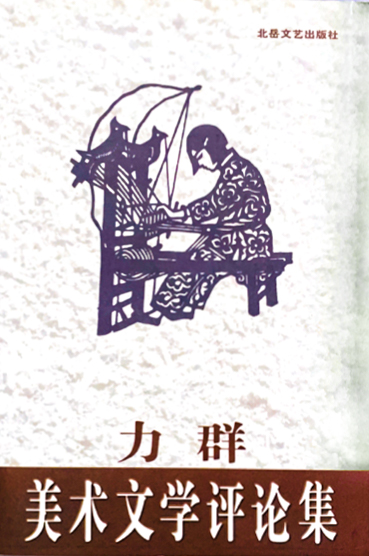
Li Qun renowned woodcuts artist who has been engaged in artistic creation for nearly 60 years. He persists in both printmaking and literary creation, and is also involved in Chinese painting. Additionally, he is a well-known art critic. His prints are characterised by their simplicity, clarity, and lyrical colours, reflecting
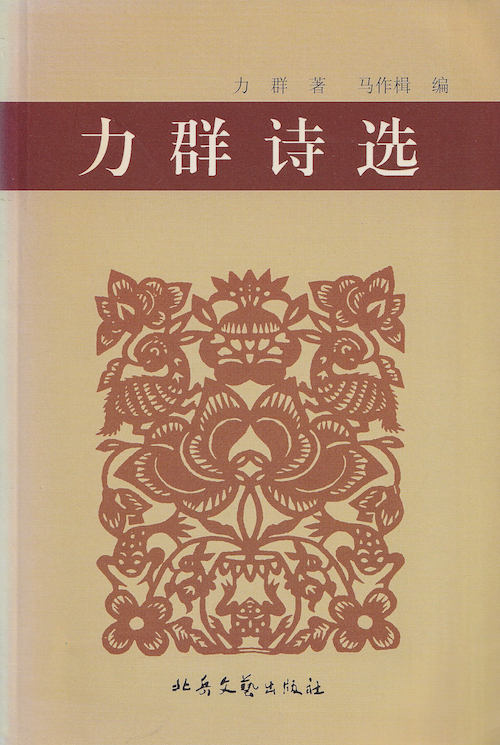
“Selected Poems of Li Qun,” compiled by the artist himself, finding its verses rich in sincerity, vivid imagery, and melodious rhythms. Divided into three volumes with a total of 88 poems, the collection showcases Li Qun’s deep emotions, artistic vision, and linguistic precision. Each poem resonates deeply, ranging from tranquil
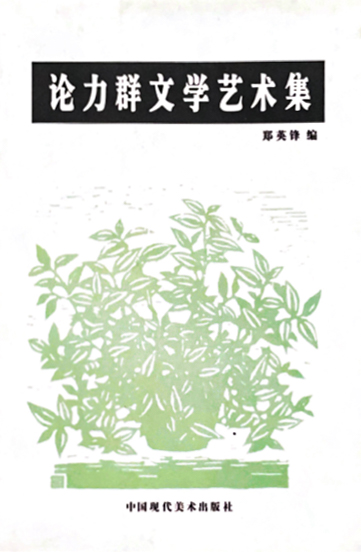
Li Qun, born on December 25, 1912, in Haogia Village, Shanxi Province, has been involved in art for nearly 60 years. He grew up in a rural environment, which greatly influenced his woodcut creations and writings. Li Qun studied at the National Hangzhou Art Specialized School and later joined the
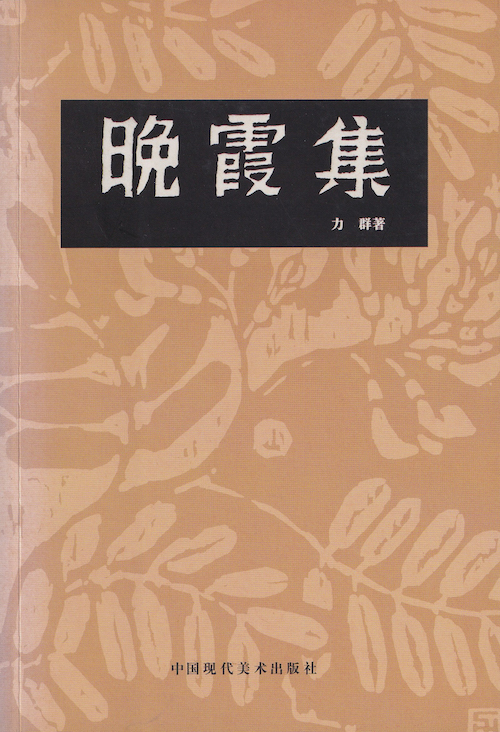
Li Qun, known primarily as a woodcuts artist showcases his literary talents alongside his passion for painting in an anthology spanning novels, essays, and critiques. The collection starts with “The Story of the Wild Girl,” a moving novel, followed by serene prose pieces like “My Paradise” and “Hua Orchid.” His
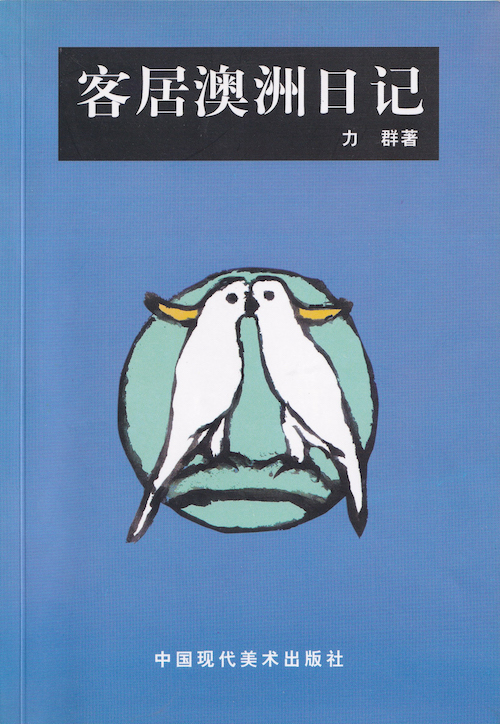
In December 1994, Li Qun embarked on a five-month journey to Australia, chronicling his experiences in “Diary of living in Australia.” Through daily entries, he contrasts the climate, environment, and cultural interests of Australia with the mainland. Sydney’s wildlife, especially the playful parrots, captivated him, as shared in his letter
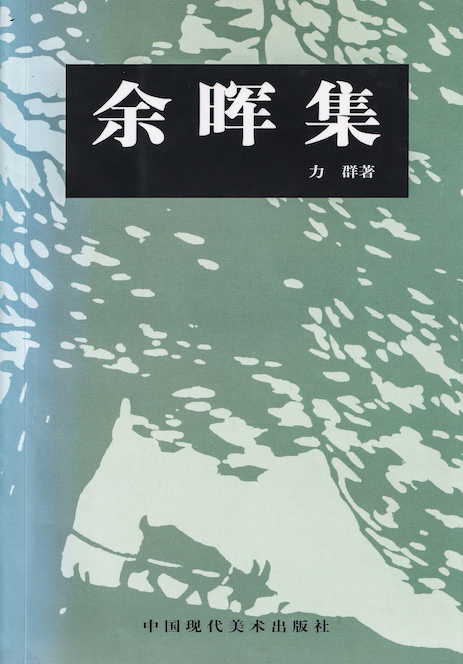
The “Afterglow Collection” signifies the culmination of Li Qun’s literary journey following the “Sunset Collection”. Within its 34 articles, each holds significance. Particularly noteworthy is “The Eternal Navigation Lighthouse,” detailing the “Yan’an Forum on Literature and Art” exploring its historical impact and contemporary interpretation. “My Creative Path” delves into personal
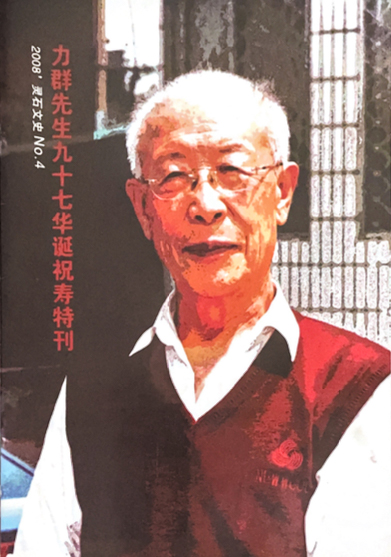
Congratulations – To Mr. Li Qun, a renowned Chinese printmaker, writer, literary critic, and local luminary. Respected Mr. Li Qun: Today marks your 97th birthday. First and foremost, please allow us, on behalf of the Ling Shi County Committee, Government, People’s Congress, Political Consultative Conference, and all 240,000 residents of
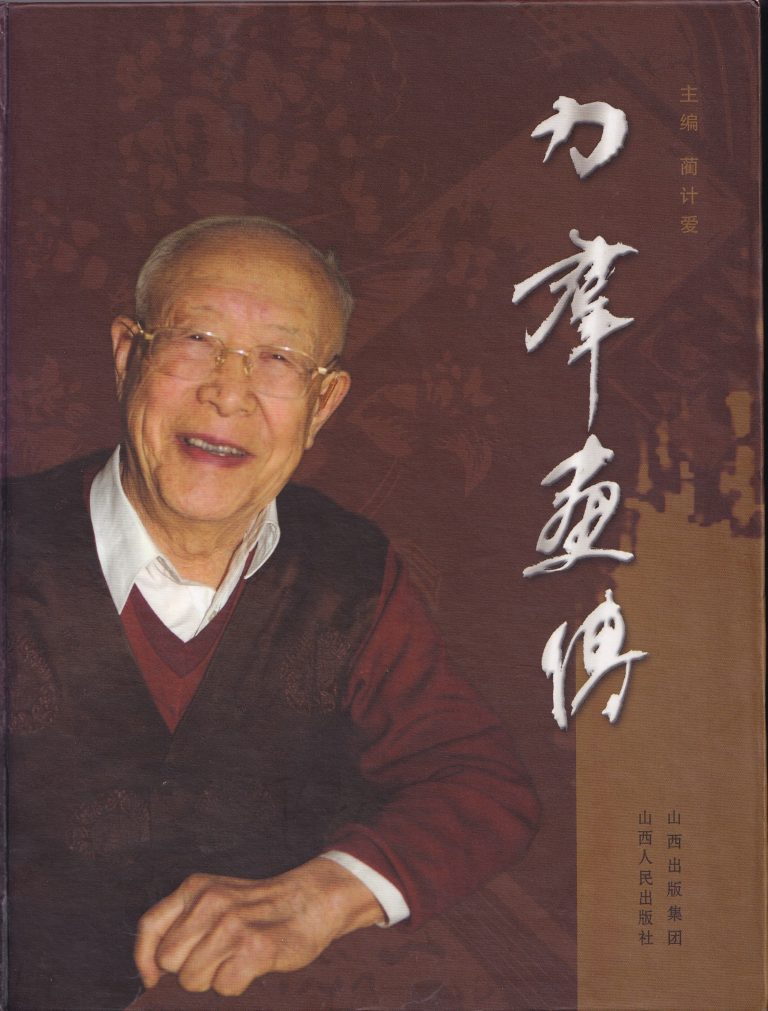
The forthcoming “Picture Biography of Li Qun” provides an in-depth look into the life and artistic journey of this revered figure. From his humble beginnings in Shanxi to becoming a pioneering force in China’s woodcuts and printmaking movement. Li Qun’s unwavering commitment to his craft endured personal and political challenges.
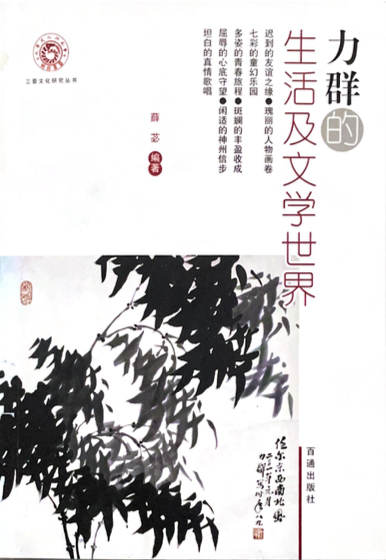
Li Qun, in my view, is a remarkable figure of his generation. Decades ago, I came across his woodblock prints in the “Jin Sui Daily,” and they truly captivated me. He had connections with the cultural giant of China, Mr. Lu Xun, as early as the 1930s. He was the
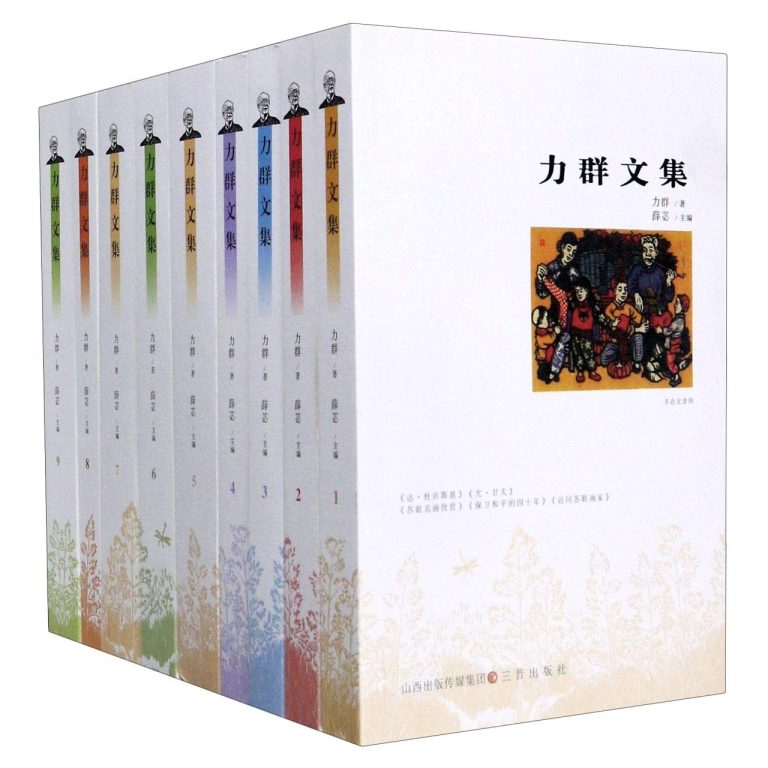
“The Complete Works of Li Qun” is a comprehensive nine-volume collection that showcases Mr. Li Qun’s dedication and creative accomplishments across various fields such as woodcut paintings, essays, novels, and literary critiques. Each volume stands as a complete entity, offering readers a glimpse into Mr. Li Qun’s artistic evolution from
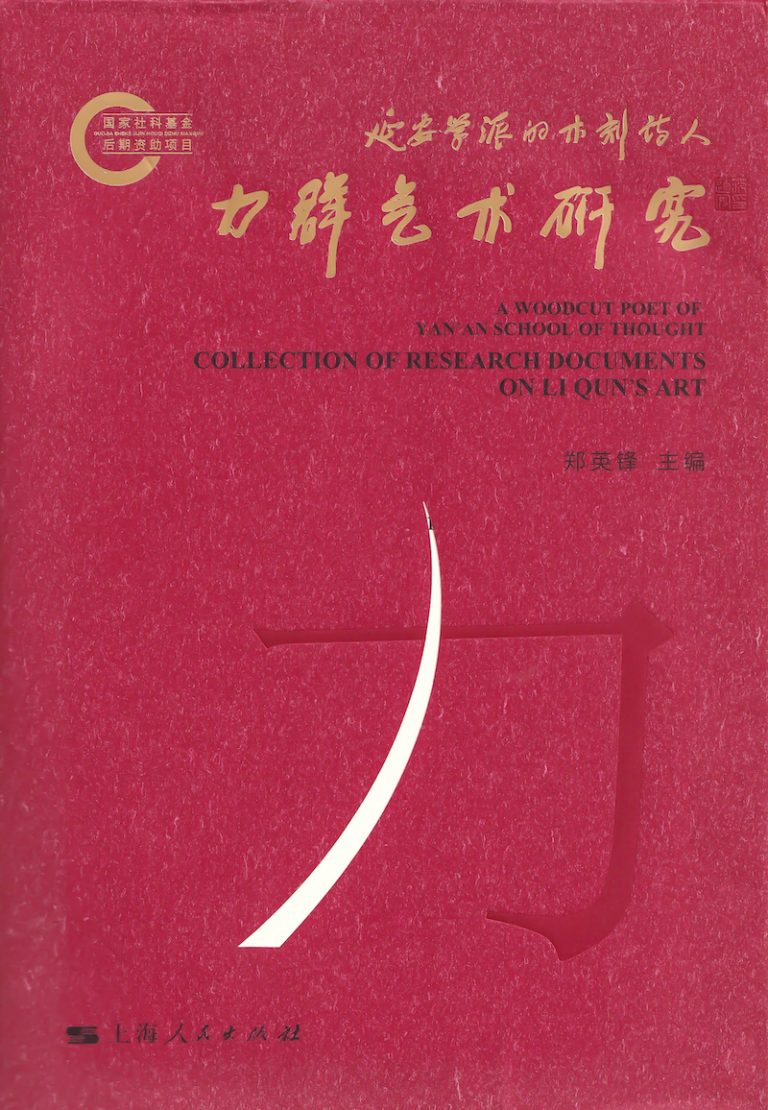
Li Qun is a prominent figure in the emerging woodcut printmaking movement in China and embodies the poetical spirit of the “Yan’an School.” He has had a significant influence on the development of modern printmaking in China. From a young age, he dedicated his art to the great cause of
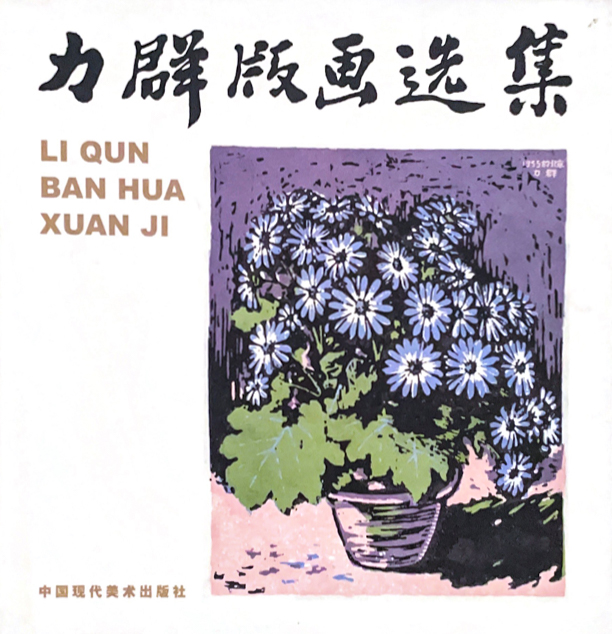
The text discusses an art exhibition held by Comrade Li Qun in Beijing’s Beihai Park, showcasing 26 pieces of his work, mostly new except for those from 1941. Despite facing challenges during various political movements over 39 years, Li Qun’s diligence shines through in his diverse and vibrant artworks. His
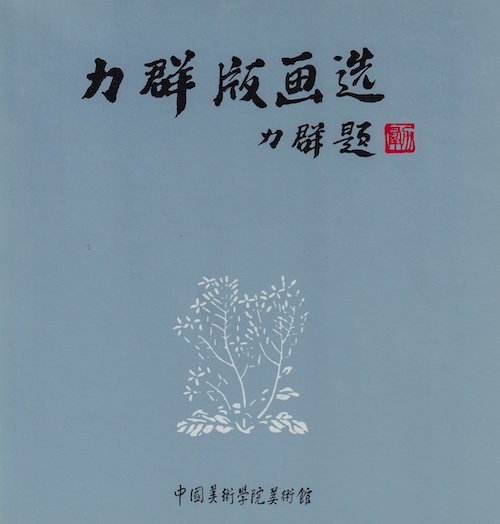
Li Qun, a native of Lingshi, Shanxi is a prominent figure in the realms of Chinese woodcuts and literary criticism. His artistic journey began at the National Hangzhou Art College (now the China Academy of Art) in 1931, a time when the influence of Lu Xun spurred a flourishing interest
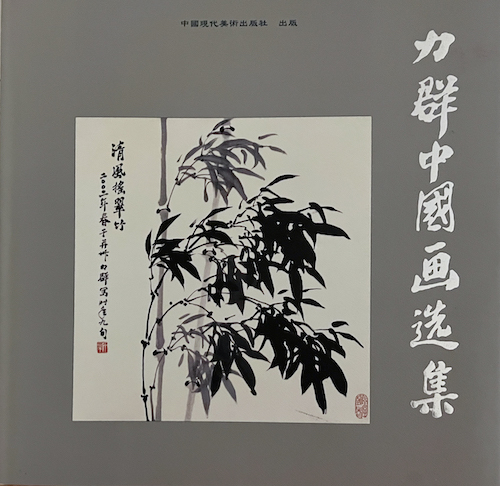
Li Qun, influenced by masters like Pan Tianshou and Li Kuchan, honed his Chinese painting skills at the National Hangzhou Art College. Combining this foundation with decades of printmaking experience, he crafts captivating works exhibited worldwide. His paintings, infused with spirit and form, resonate deeply, offering viewers a harmonious blend
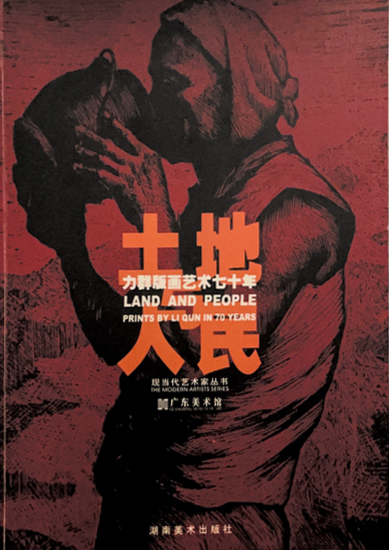
Li Qun emerges as a key figure, serving both as a witness and participant in the emerging art movement. Despite facing personal and societal challenges, Li Qun’s early works reflect influences from artists like Bouguereau and Mucha, as well as Soviet realism. Teaching at the Lu Xun Academy of Arts
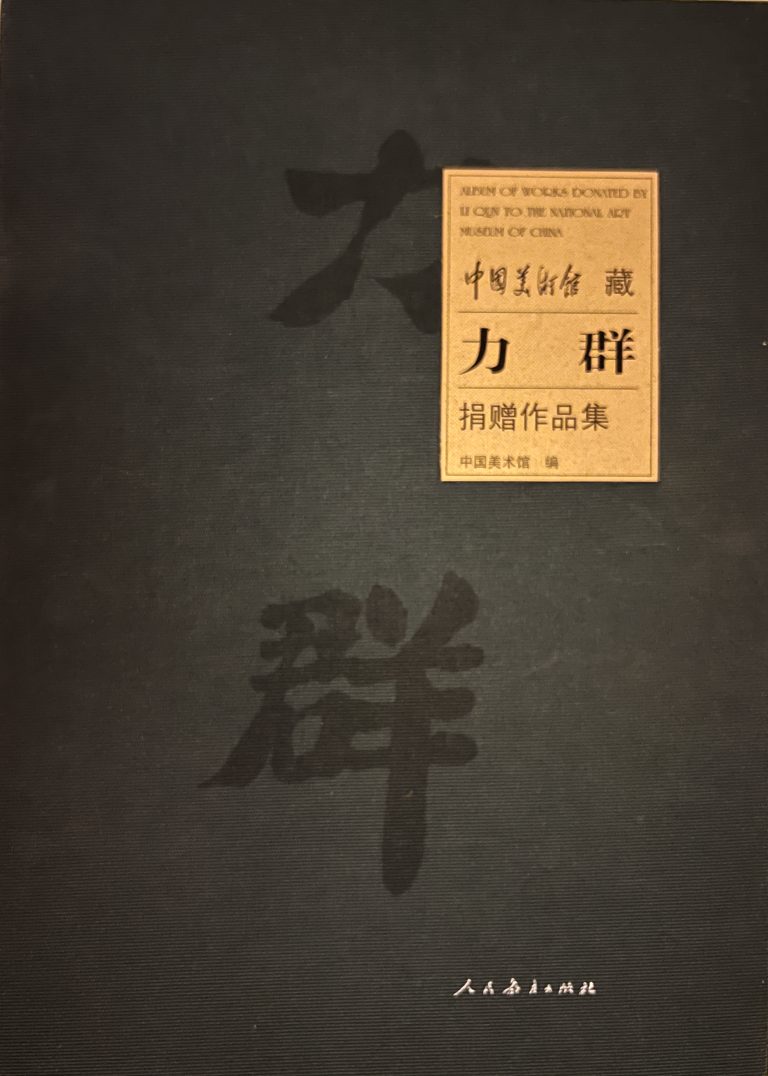
The “20th Century Special Incentive Scheme of National Art Collections and Donations” is a significant cultural initiative in China aimed at recognising artists’ contributions to 20th-century art. Started in 2004 under the Ministry of Culture’s leadership, it established the Shangguan Art Museum, praised by veteran artists who generously donated their
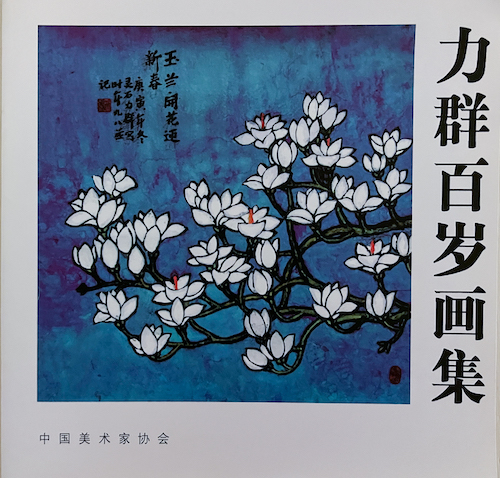
Titled “Li Qun’s 100-Year-Old Painting Collection,” this anthology celebrates the artist’s journey in Chinese painting, coinciding with his 99th birthday in December 2011. Tracing back to his education at the National Hangzhou Art College under revered mentors Pan Tianshou and Li Kutan, Li Qun initially pursued woodcarving. However, as age
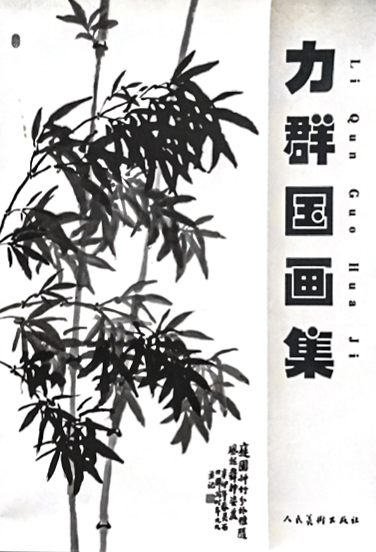
Mr. Li Qun, a respected figure in the Chinese art world, has been known nationwide for decades. Due to my love for art, I had the privilege of meeting him years ago. Despite the distance, our connection remained strong. In 2004, Mr. Li invited me to his solo exhibition, showcasing
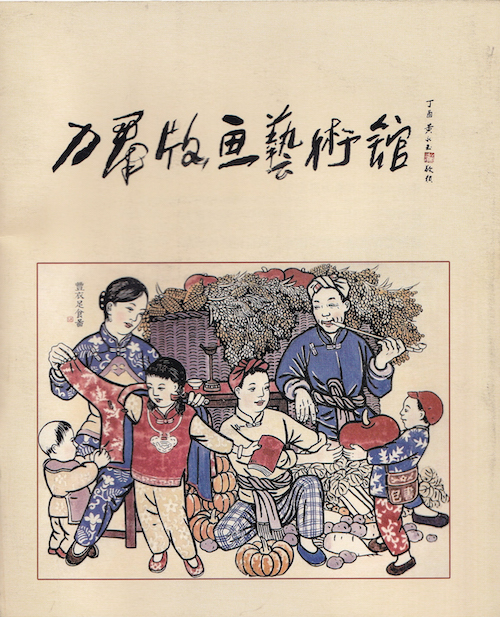
A collection of works donated to the Taiyuan Art Museum with the support of Li Qun’s family. The Li Qun Woodcuts Art Museum serves as a hub for collecting, preserving, and promoting his legacy. Located in Exhibition Hall 7 on the third floor of the Taiyuan Art Museum, the museum
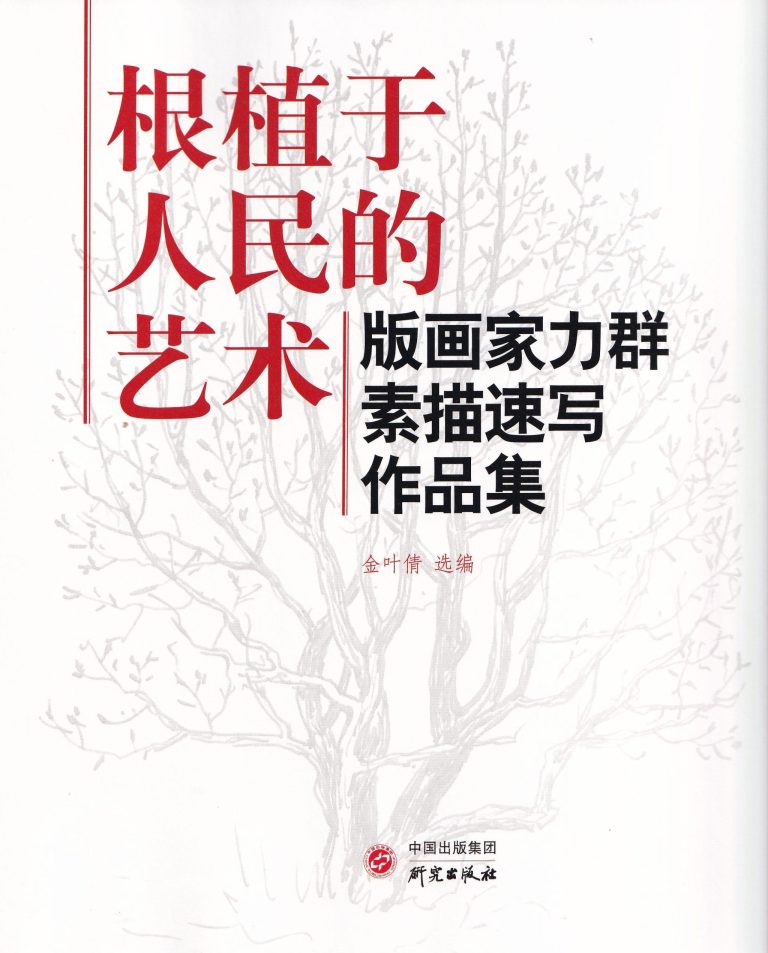
Mr. Li Qun, renowned for his woodcuts printmaking, left behind a collection of sketches that offer profound insights into his artistic journey. These sketches, discovered after his passing, span various subjects and scenes, reflecting the artist’s emotions and serving as source material. Despite their simplicity, they resonate deeply with viewers.
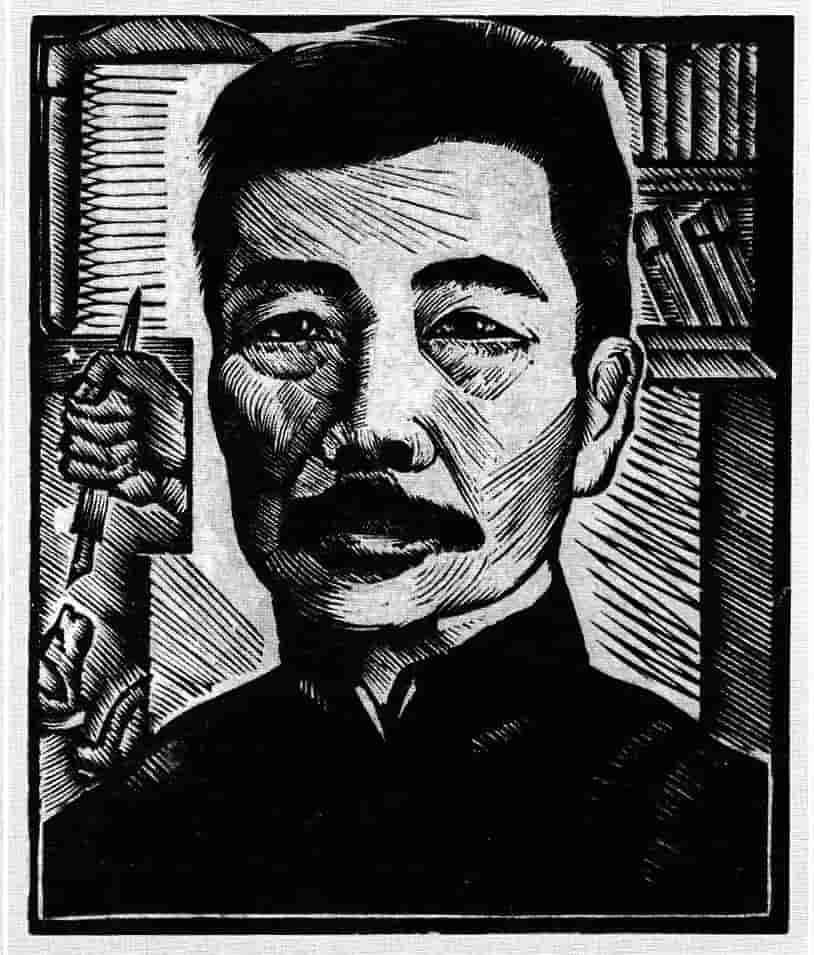
A comprehensive exploration of Li Qun Woodcuts spanning a remarkable 100-year chronicle that meticulously documents the life and career of this esteemed artist.
Gain insight into key events that shaped Li Qun’s trajectory, from his formative years in early 20th-century China to his influential presence in contemporary art. Discover the evolution of Li Qun’s craft as it intersects with major historical milestones, such as China’s Japanese invasion, Cultural Revolution and the modernisation era.
This chronicle provides a factual and detailed account of Li Qun’s journey, offering a unique lens into the socio-political landscape that has shaped both Li Qun and his iconic woodcut creations. Delve into the specifics of his chronicles to uncover the factual intricacies of a century-long artistic legacy.
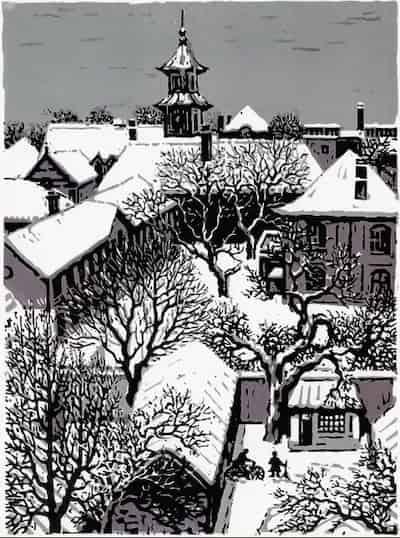
We offer a range of services from sourcing Li Qun’s art for purchase, but more importantly documenting artworks in public collections globally.
If you have Li Qun’s art work, we would like to keep a record of your collection. this is to help the future validations of Li Qun’s art work.
We are committed to facilitating a comprehensive understanding of Li Qun’s artistic legacy. While our services do not include artwork verification, we do have established contacts that may assist in this regard, subject to potential costs.
This website is managed by Li Qun’s family to preserve his legacy, and to connect with curators, historians, collectors, artists, fans and admires across the globe.
contact@liqunwoodcuts.org